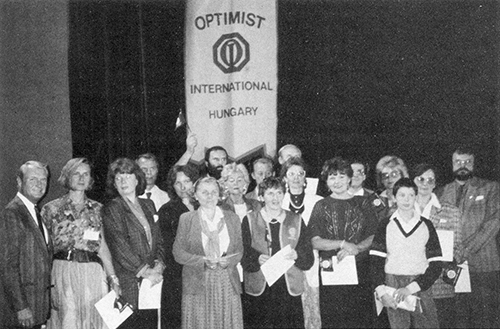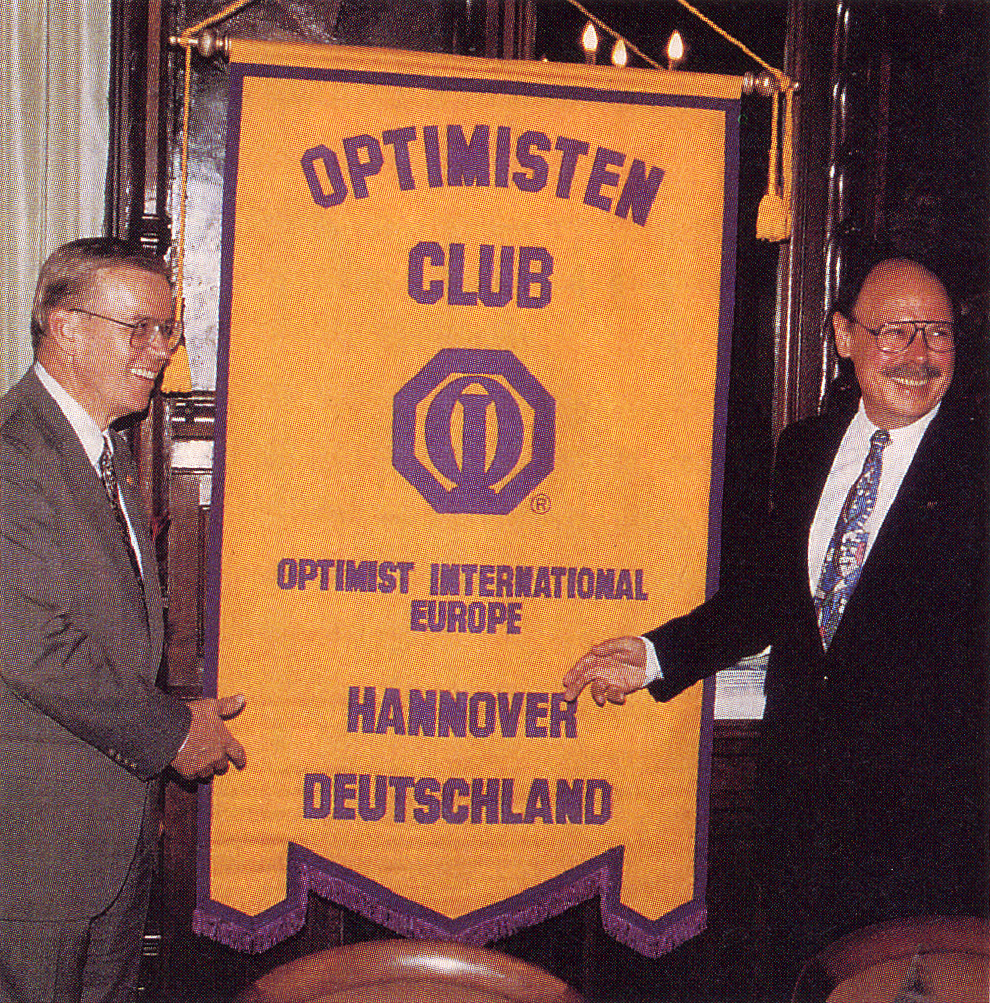|
1997-98 International President J. Wayne Smith’s theme was “Renaissance, Commitment to Growth.” It epitomized the entire 1990s for the organization. Optimists spent the decade reigniting their spirit of Optimism, revitalizing Club programs, recruiting new members and serving more children. International President Kenneth E. Monschein jump-started the 1990s with a call to action in 1989-90. That year, Optimist International experienced its largest growth in history with 318 new Clubs chartering and more than 20 associate Clubs forming in Hungary. For the first time, Optimism had spread outside of North America. Clubs continued to spring up in areas previously untouched by Optimism. Realizing the untapped opportunities and the importance of expanding overseas, delegates to the 1992 International Convention in Anaheim, California, approved a one dollar dues increase for international expansion. These funds would be earmarked to build Clubs, add members in foreign countries and service these new Clubs and members. In a quick response, the Optimist Club of Berstett, France, incorporated on July 7, 1992; the Dubna Optimist Club of Russia formed in March 1993; and the Optimist Club of Hanover, Germany, joined soon after on August 16, 1993.
|
|
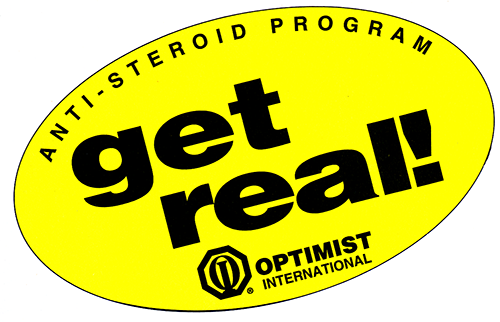 Optimists were dedicated to educating youth about the very real dangers of steroids. Optimists were dedicated to educating youth about the very real dangers of steroids. |
|
|
Help Them Hear, another well-received Optimist program, pointed members toward a new endeavor. In 1990-91, Optimists took their involvement with the hearing impaired one step further by developing the Communications Contest for the Hearing Impaired (which later became the Communication Contest for the Deaf and Hard of Hearing, CCDHH). The CCDHH program, run much like the Oratorical Contest, had youths making a presentation in voice or sign language on a pre-assigned subject before a panel of judges. CCDHH started as a pilot with 13 Districts, but thanks to its tremendous success scholarships were made available to all Districts. In 1992 the Optimists in Action Day pilot program set out to unite hundreds of volunteers in a single day of community service. Optimists in seven randomly selected Districts made such a positive impact on their communities that the Board of Directors approved Optimists in Action Day as an annual international program. To keep up with the pace of children, the age-old Bicycle Safety Week expanded to Safety on Wheels in 1995. This broadened program covered all “wheeled” activities such as in-line skating, skateboarding, car and bus riding and driving. Optimists responded promptly to parents’ fear of rising violence as they did to drug concerns. On May 6, 1995, the first Optimist Day of Non-Violence was incorporated into the existing Respect for Law program. Optimists created this day as a way for their Clubs and communities to jointly prevent violence and promote peace and harmony.
|
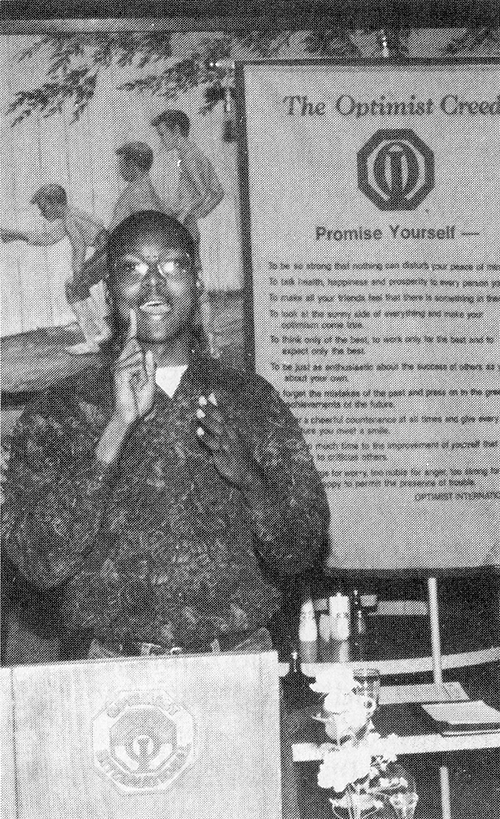 Optimists provided these deserving youth an opportunity to complete for scholarships. 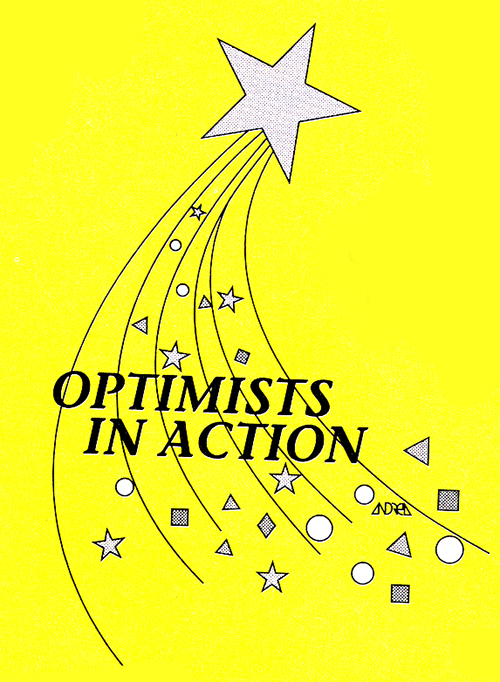 |
Over the years, Optimists have focused on mentoring to remain a positive influence in children’s lives. This dedication became a marketing focus to attract corporate involvement, and in 1996 Morton International sponsored Optimist International’s newest program, “Always Buckle Children in the Back Seat” (ABC) public awareness and education campaign. Clubs distributed brochures and support material to educate caregivers on the dangers of kids sitting in the front seat of a vehicle with passenger side airbags. At the end of the program’s inaugural year, requests for more than 3.5 million brochures deluged the International Office.
|
